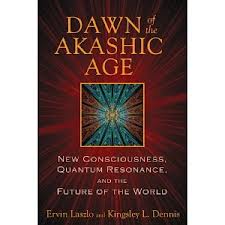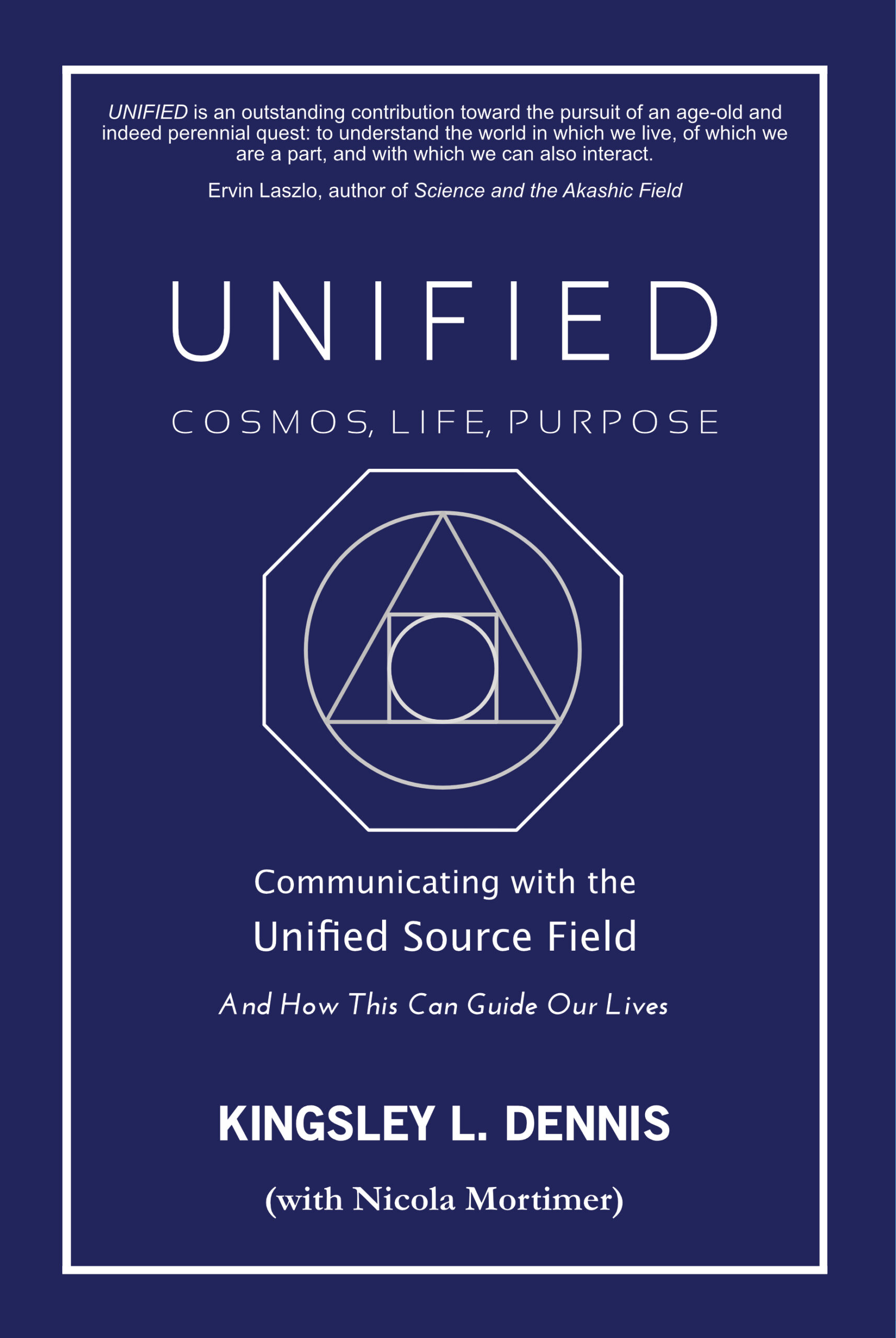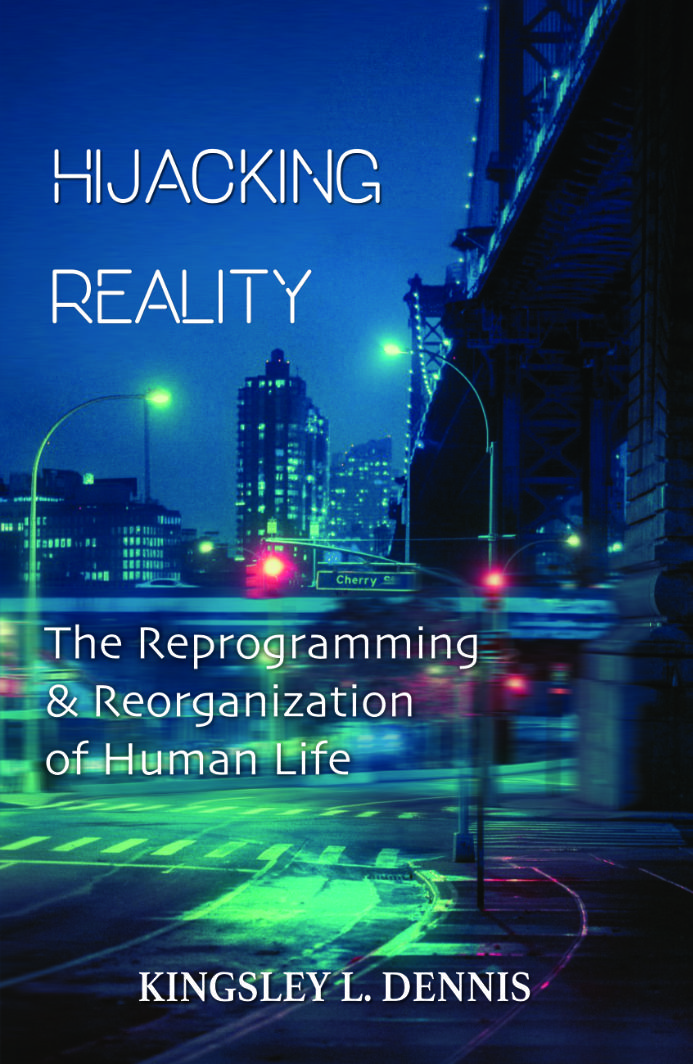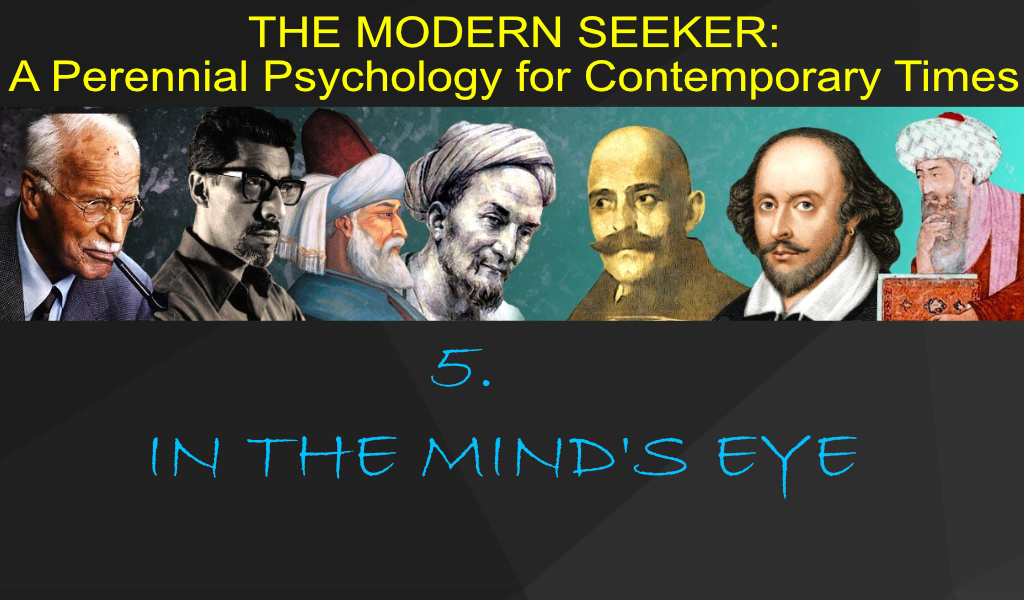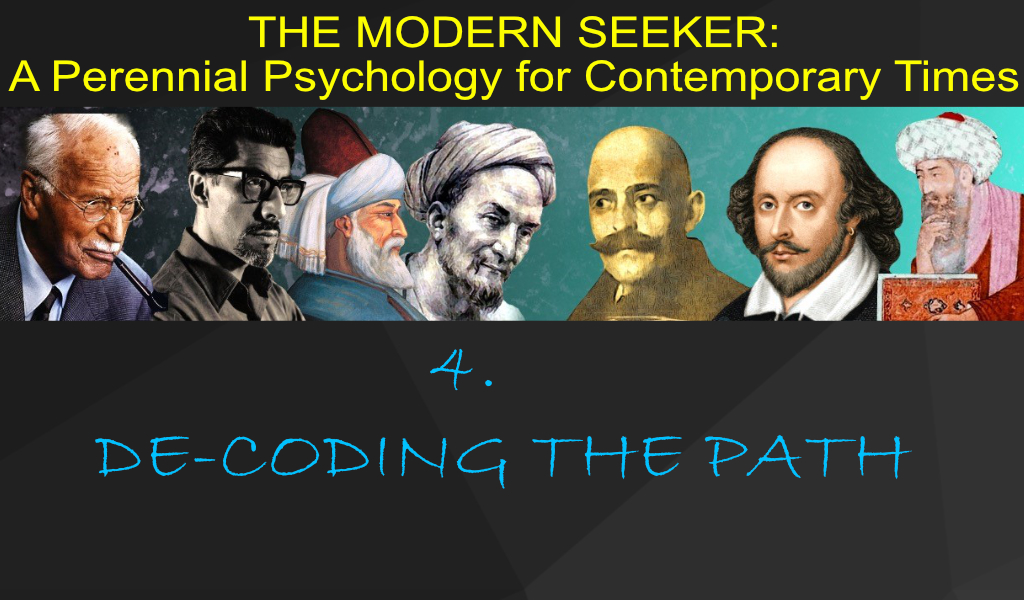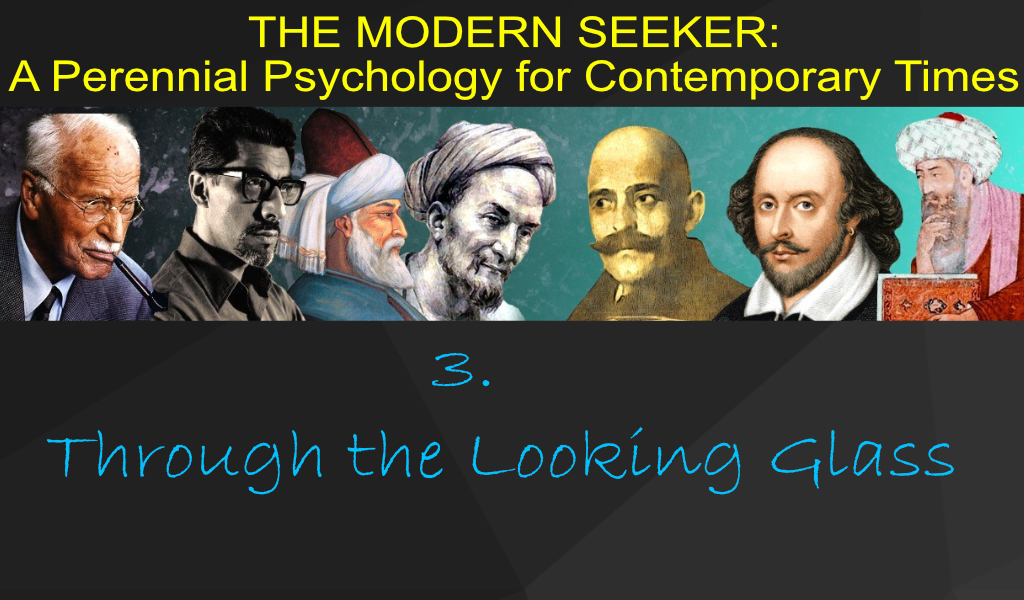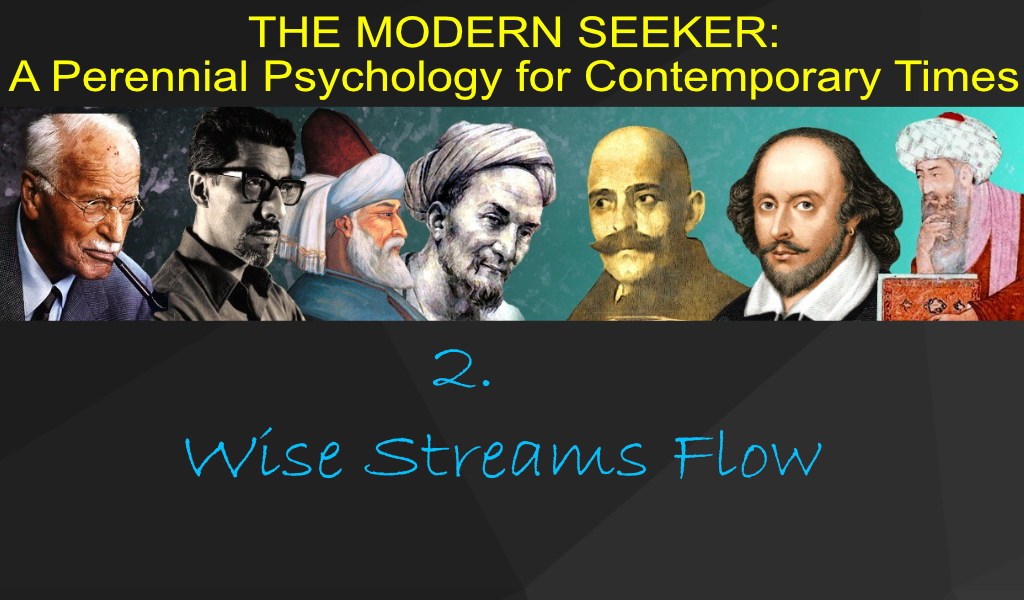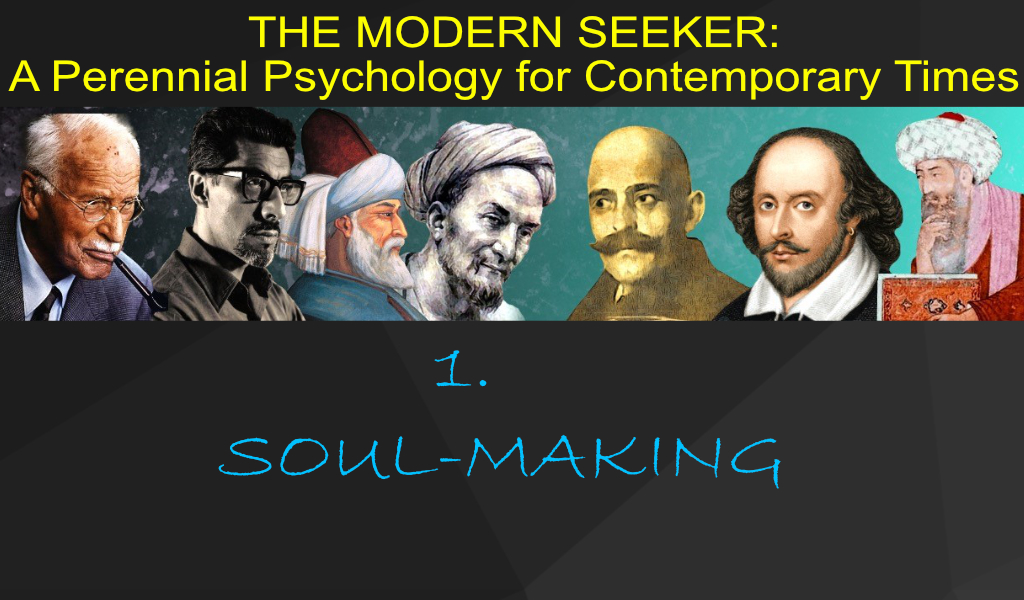Our species – homo sapiens sapiens – has been on a historically long evolutionary journey prior to arriving at the point where we now find ourselves. We have finally arrived at a world that is complex and interdependent; thus, making the right type of choices is hard but entirely critical. Whereas previously we perhaps had the ‘luxury’ of making choices that affected only our immediate well-being and intimate locale, we must now think and act in a global context and with a long time-horizon. To be clear on this matter – we are approaching a crucial epoch that will serve as a cusp in our species development. We are leaving behind one age and entering the next. The epoch we are leaving behind is the modern age. The epoch we are about to shift into has been given many names – digital, new age, etc – yet has so far suffered from lack of true and genuine foresight. Partly to blame is the human inclination to think in linear trends, and thus to imagine the future as a logical extension of the past. But Nature – and evolution – doesn’t work that way, and never has. Rather, there are long periods of static where there is relatively little change; then the onset of a tipping point where a crucial – and critical – leap occurs. What is on the other side of this ‘leap’ is often unexpected, because it does not conform to the older patterns of thinking, perception, and behavior. These periods of criticality are moments of opportunity, when catalysts for change exert a greater than normal influence on the outcome of events. It is a transition period where the anomalies begin to manifest at the periphery and witness the implosion of the incumbent status quo. At these points ideas, institutions, and beliefs tend to outlive their usefulness.
Yet there are guiding principles that can help us, if not to predict the future, then at least to foresee alternative models of the future. For example, the systems sciences can enable us to do just that – to view underlying trends that flow through the veins of biological as well as socio-cultural evolution. To put it simply, the systems that arise and evolve– corporeal, environmental, social systems – veer toward ever increasing size and complexity. We are embedded within systems that seek growth through increasingly high complexity and numerous levels of organization, greater dynamism, and closer interaction and more delicate balance with the environment. Therefore, we can foresee a future that is highly connected and integrated; more decentralized; technologically advanced; more sustainably balanced; and non-locally interconnected. By ‘non-locally’ interconnected it is meant that physical objects/bodies – as well as human consciousness – maintain effective forms of relationships at a distance. The term ‘non-locality’ comes from the quantum sciences, which are central to offering the world a new paradigm of inclusive, intrinsic, and immediate oneness. It is a paradigm that helps to explain our inherent energetic connectivity, which forms a basis for the continued physical proximity and connectivity that develops in the world. This emerging new paradigm is the key in understanding what I refer to as the Akashic Age.
Is this still far-fetched? Well, we may find that it is entirely within the domain of science and scientific validity. The new sciences, based on the physics of the quantum, show us that this wonderful world of ours is a gigantic macro-level quantum system where all things, and not only super-small quantum things, are ‘entangled’ – instantly interconnected. This realization has the potential to change our values and aspirations, and the very way we think and act in the world. It may hold the key to our own well-being, and the survival of the whole of the human community. Indeed, a sustainable global civilization couldcome about, and if it did, its advent would be in tune with the overall trend in the evolution of complex systems. Thus, it is entirely possible that a positive unfolding of the socio-cultural evolutionary trend could occur. However, bringing it about depends on us: on what we do today, and in the years ahead.
We are at the ‘dawn’ of the Akashic Age because there remain a number of dilemmas and critical thresholds that we face, and which will unfold over the next decade(s). Yet it is imperative to see these as potential opportunities as well as potential disruptors. To a large degree, these opportunities/disruptors will be based on issues of energy, communications, and consciousness. That is, energy in how we utilize our resources; communications in how we connect and collaborate; and consciousness in our patterns of thinking and inner coherence.
The path to an Akashic Age is a time of transition where our crises become our catalysts; and our disruptions become our driving force. In such times when there are major fluctuations in worldviews, values, and beliefs; we are compelled to re-organize how we think and do things. Such moments are ripe for new models to emerge. These new models are likely to first emerge on the periphery – as ‘anomalies’ – before creeping toward the centre to overwhelm and out-do the centralized and self-centered old systems. These new models also display a marked difference in that they operate through de-centralized and distributed channels, as horizontal networks of connection and collaboration; rather than as the vertical, top-down hierarchical systems of control in the old systems. Whereas previous models of civilization continued to grow through increasing centralization and hierarchy, they have now entered history with a death-cry and the onset of final collapse.
For our planet to have any future that is not only sustainable but also fosters human developmental growth and well-being, we need an Akashic Age that promotes the natural integrated flow of living systems. Such an age would encourage social as well as self-actualization, and plants the seeds of a new culture that respects and honors the Earth and her diverse peoples. The Akashic Age represents a new stage in human consciousness, a stage that allows humanity to rise and overcome all challenges it confronts. It is up to us to allow the possibility that such an Age may be more than just a possible future. It can be OUR future, if we truly want it to be.

